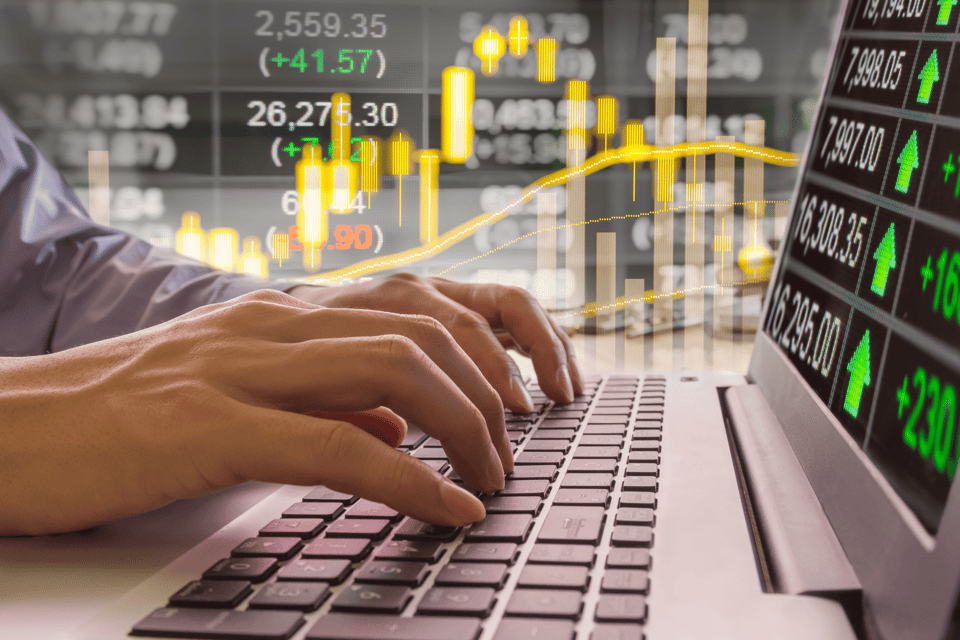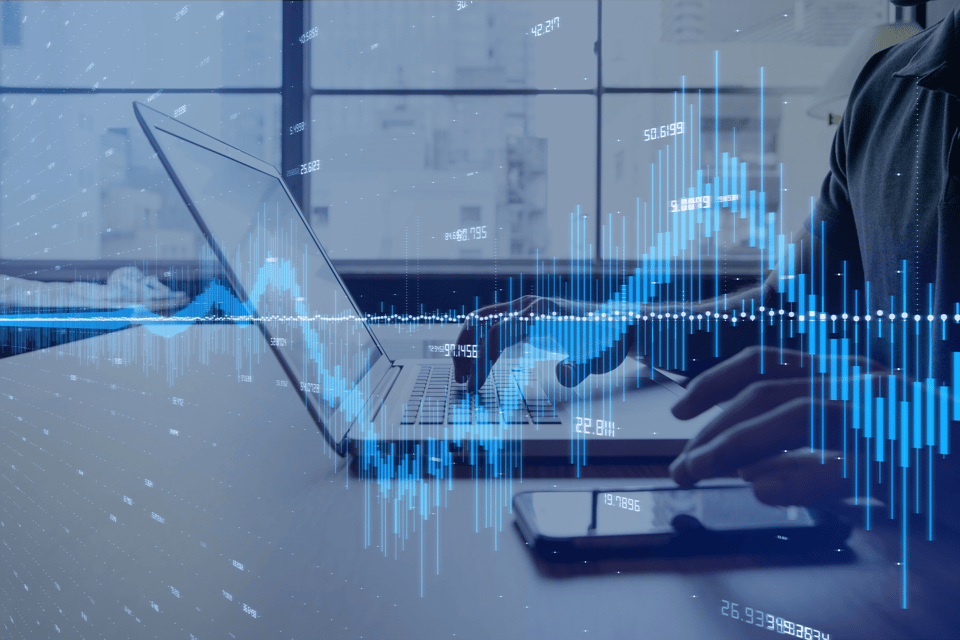A futures contract is a highly leveraged financial derivatives product. And, while the added leverage boosts the trader’s capital efficiency, it can also lead to exorbitant losses. Two ways that astute traders manage their use of futures leverage are with the margin to equity ratio (ME) and the margin equity percentage.
What is margin equity percentage and the margin to equity ratio (ME)?
The margin to equity ratio is the percentage of margin requirements with respect to account equity. It’s calculated using this formula: Required Margin ÷ Account Balance = ME
Also known as the margin account ratio or the safe leverage ratio forex (or safe leverage futures or safe leverage stocks), ME gives traders a good idea of their risk exposure. To illustrate, assume that Erin the day trader buys one lot of E-mini S&P 500 futures. Given an account balance of $5,000 and the E-mini S&P’s intraday margin of $500 per contract, Erin’s ME is 1/10 ($500 ÷ $5000). This is a solid value and gives Erin several advantages:
- The low margin equity level promotes staying power in the market.
- Erin won’t receive an equity maintenance call as many pattern day traders do.
- The 1/10 ME is well below the standard margin trading ratio of the E-mini S&P 500, which is vastly higher ($50 current market price). This is extremely beneficial because trades become higher risk as they approach 100 margin equity.
Another way that Erin can measure risk exposure is with margin equity percentage. Essentially, this is another way of looking at ME. Let’s say that Erin is trading the same $5,000 account and buys two December E-mini S&P 500 contracts. Erin’s equity percentage becomes 20 percent: ($500 × 2 lots) ÷ $5,000.
Confused? Check out these FAQs.
As you can see, the financial markets have a language all their own. Let’s answer a few FAQs that relate to the margin-to-equity ratio, margin-equity percentage, and other topics in the realm of financial risk management.
What does equity mean in forex, futures, and stock trading?
Equity is the amount of money one has in their trading account at a given time.
What is margin equity?
Margin equity is the amount of money in one’s trading account considering any fees and the unrealized P&L of open positions.
What is equity percentage?
Equity percentage is the trader’s equity divided by the account’s notional value.
How do I calculate margin level percentage?
Margin level percentage is the trader’s equity divided by their used margin: (Equity ÷ Used Margin) × 100. In the example above, Erin’s margin level percentage when buying two lots of E-mini S&P 500 is 500 percent: ($5000 ÷ $1000) × 100. Generally, values under 100 percent are prohibited. This is evidenced by the equity percentage TD that Ameritrade and the futures margin requirements that Thinkorswim require of their clients.
What does net liquidating value mean?
Net liquidating value is the monetary worth of the trading account if all positions are closed at the current market price.
What is a stock margin ratio?
The stock margin ratio is the equities trader’s available margin with respect to their account balance. In the U.S., the stock margin ratio is typically 2-to-1. This value is dramatically lower than TOS futures margin requirements or Etrade futures margins. For example, the 50 percent required equities margin is far greater than the standard 3 percent to 12 percent of a StoneX, TOS, or Etrade futures margin.
Although ratio analysis can be a bit intimidating, applying the margin to equity ratio and margin equity percentage concepts is fairly straightforward. Once you learn how to calculate the numbers, comparing such line items as “net liquidating value TD Ameritrade” to “net liquidating value Thinkorswim” becomes routine. Answering questions such as “What is margin equity in TD Ameritrade?” “Are Thinkorswim futures margins competitive?” and “How do Etrade futures margin requirements impact my account” is a snap.
This blog was originally published October 13, 2011 and has been updated for accuracy and comprehensiveness.



